AP Spanish Countries and Independence
1/44
There's no tags or description
Looks like no tags are added yet.
Name | Mastery | Learn | Test | Matching | Spaced |
|---|
No study sessions yet.
45 Terms
South America Map:
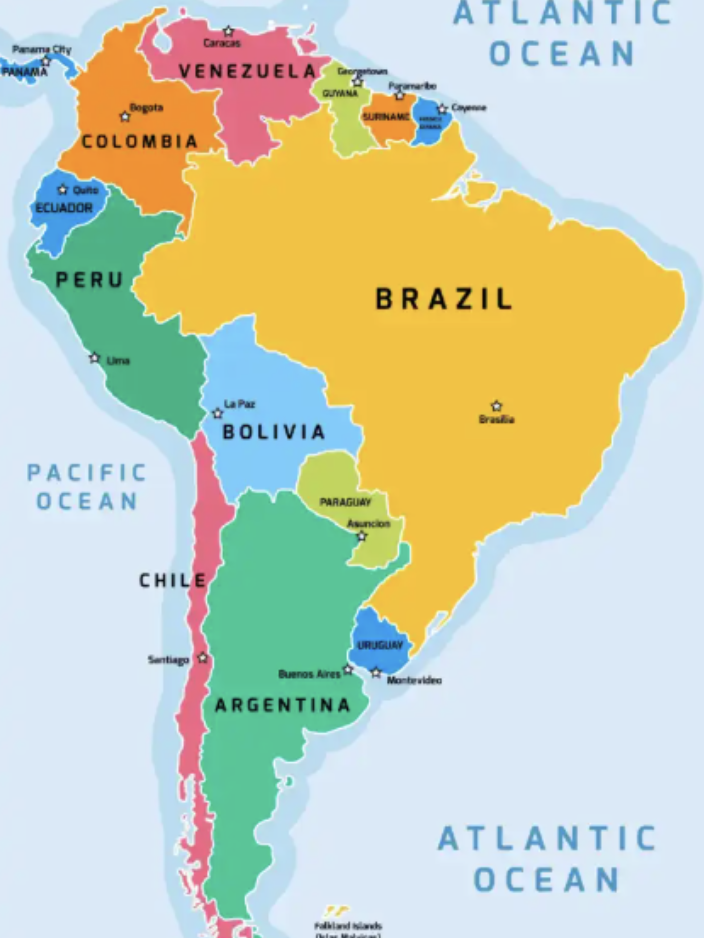
Central America Map:
Play game that she posted.
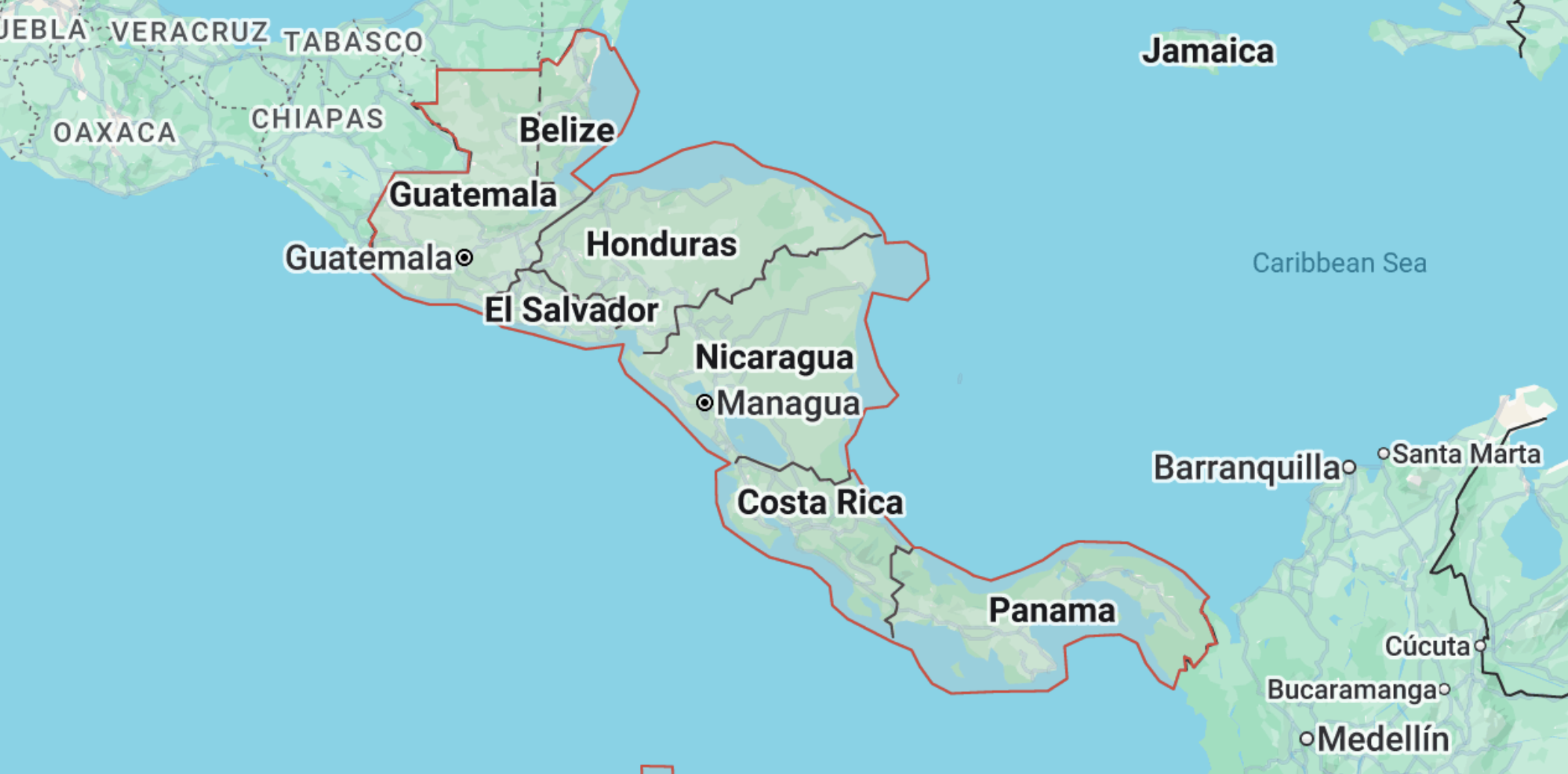
The Caribbean Countries:
Cuba, La República Dominicana, y Puerto Rico
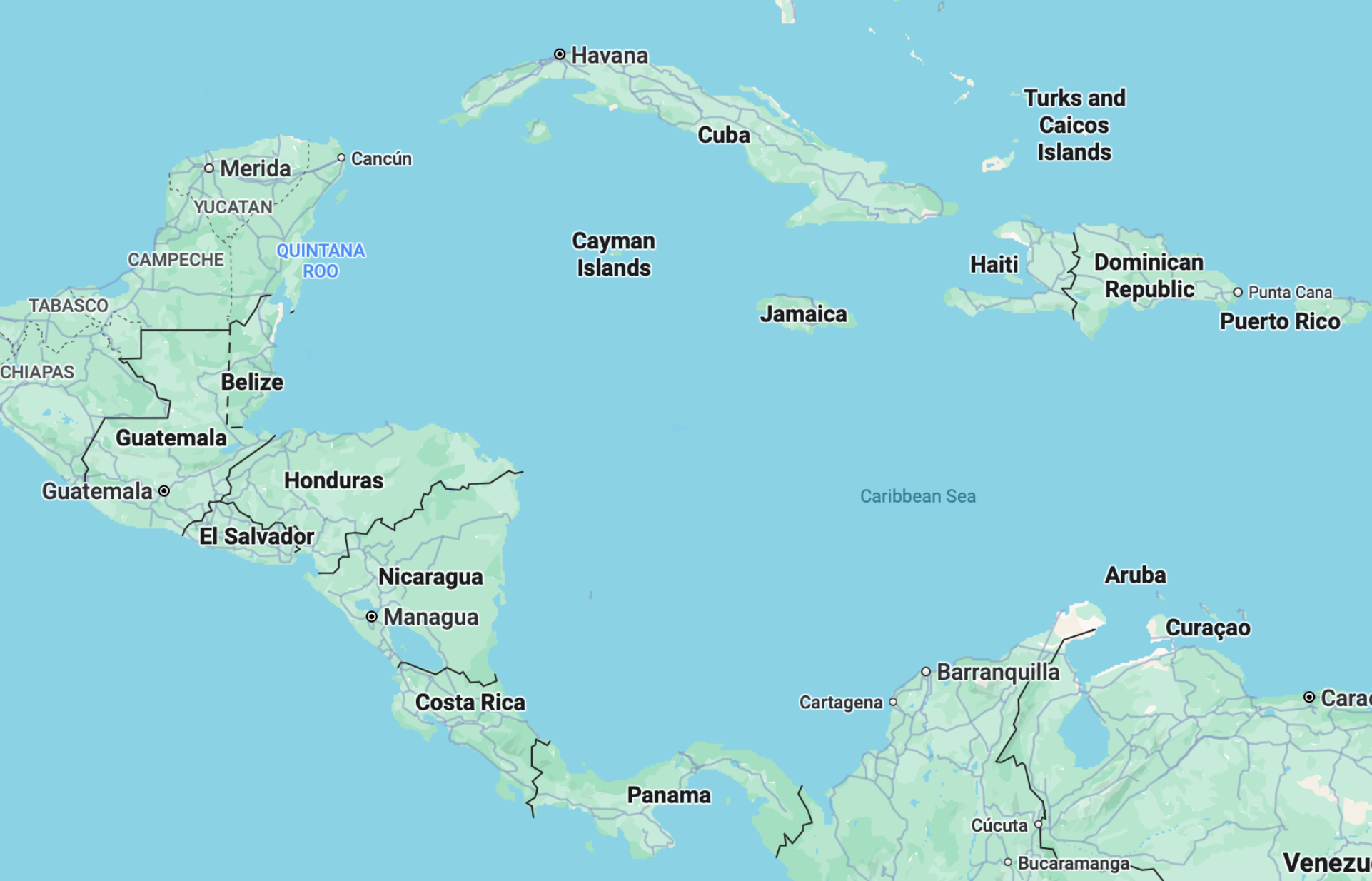
America:
-En el segundo continente mas grande del mundo después de Asia, se extiende desde el oceano Ártico por el norte hasta las islas Diego Ramirez por el sur. Se divide en tres subcontinentes (américa del norte, América Central, y América del Sur)- incluyendo el Caribe.
Latinoamérica:
Son los países del continente americano. Incluye Sudamerica y Brazil.
No incluyo espana
All Latin American countries
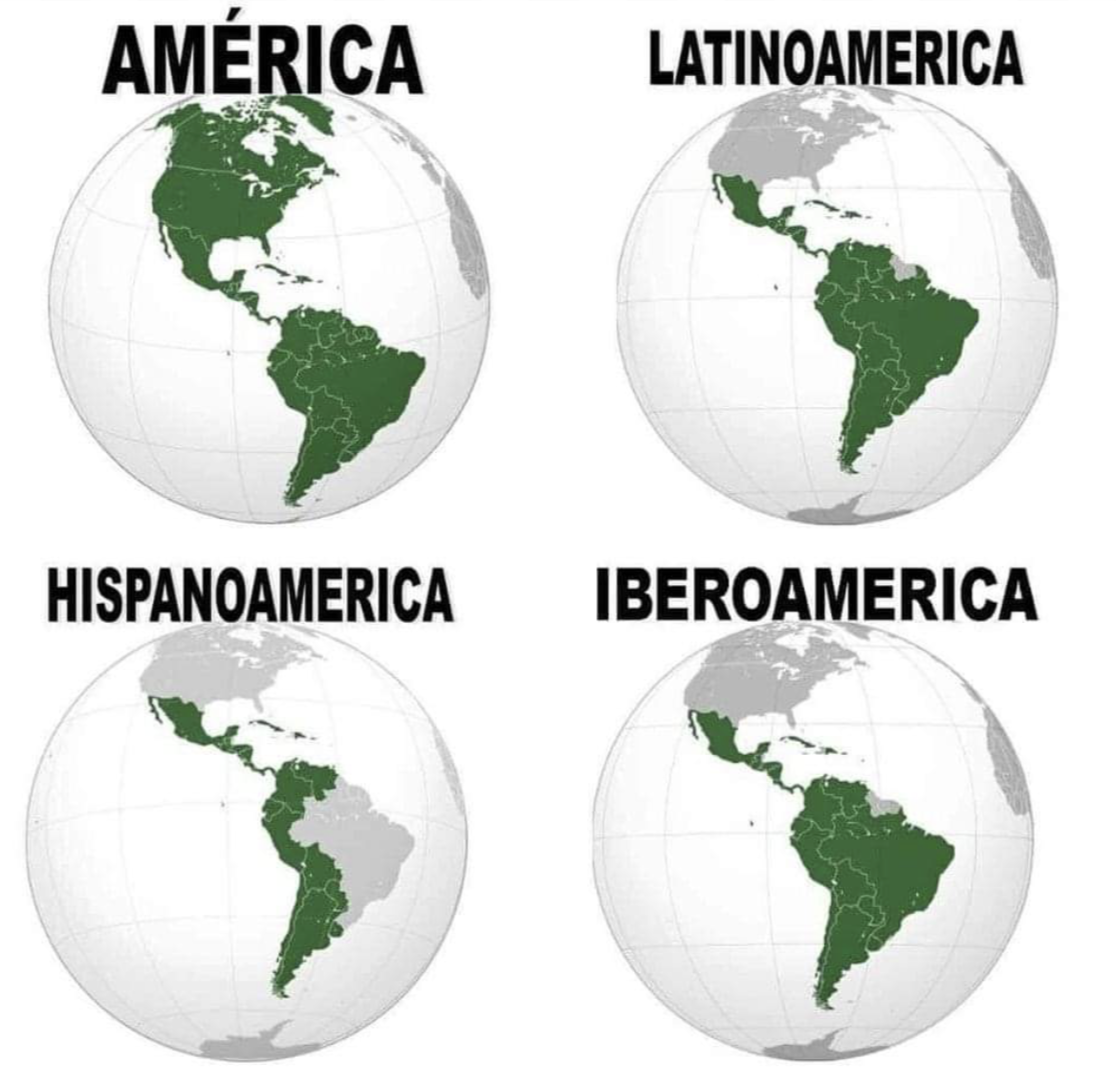
Hispanoamérica:
It is the set of American countries in which Spanish is the main and official language.
It excludes Brazil but includes South America, Central America, and the Caribbean.
The term “Hispanoamericano” is only used in the United States.
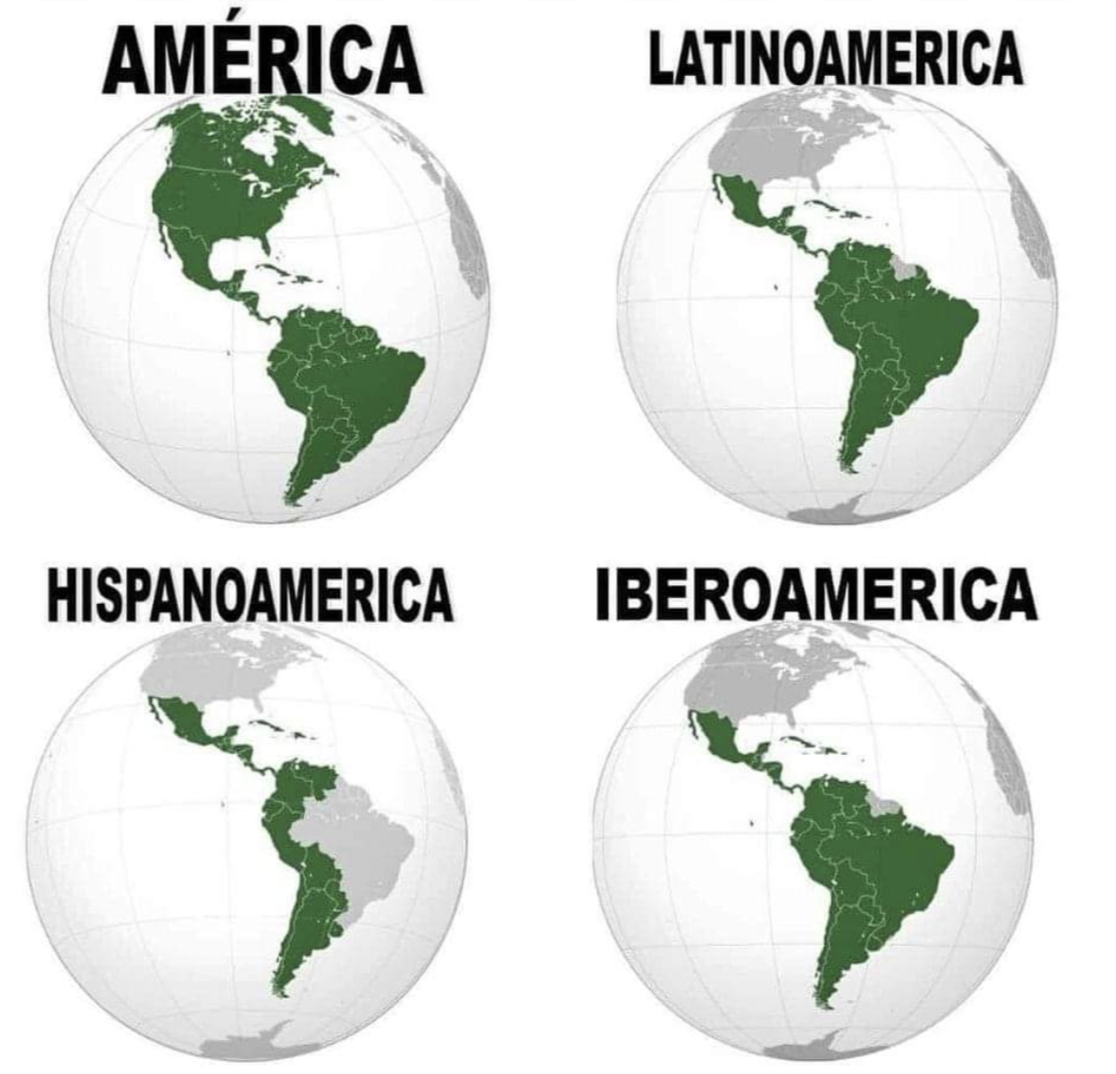
Iberoamérica:
This includes ALL Spanish speaking countries, Brazil, and Spain. It’s everything you can think of.
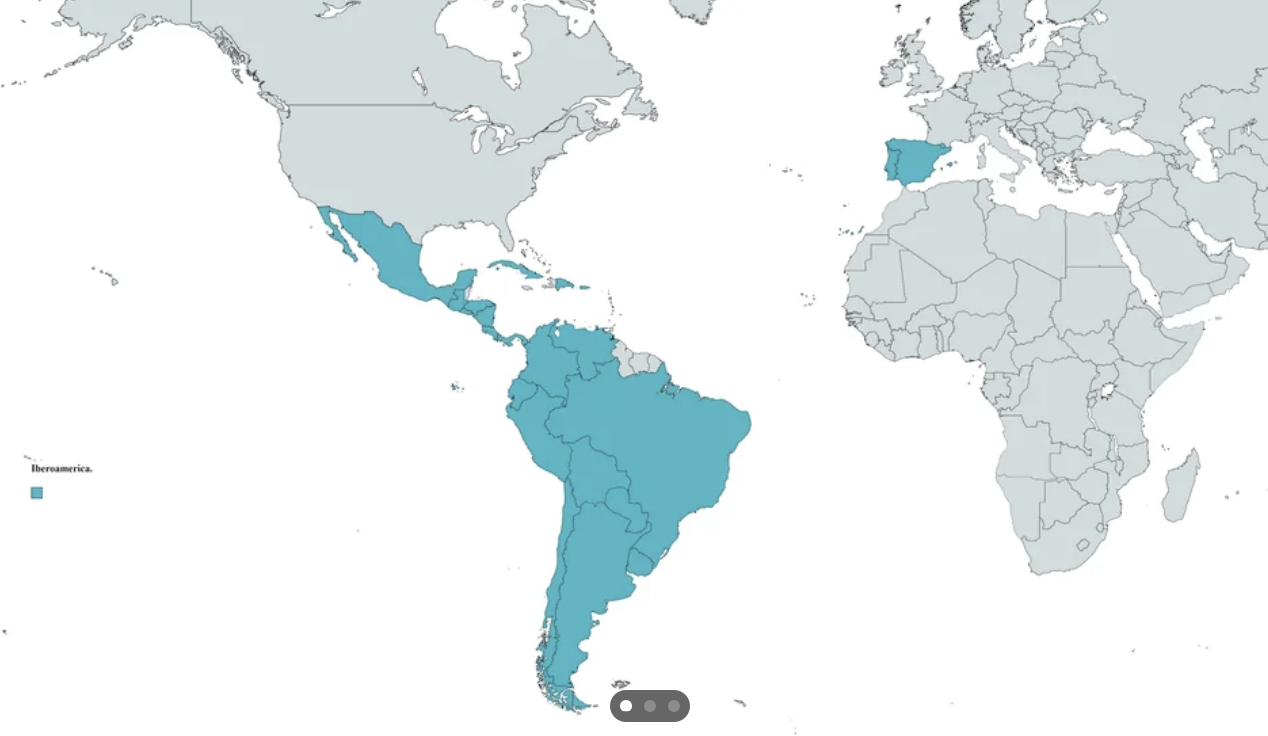
How many countries are in South America?
12
How many countries are in Latin America?
33 Countries
How many countries are in Central America?
7 (Although 5 originally declared independence).
Countries to Know:
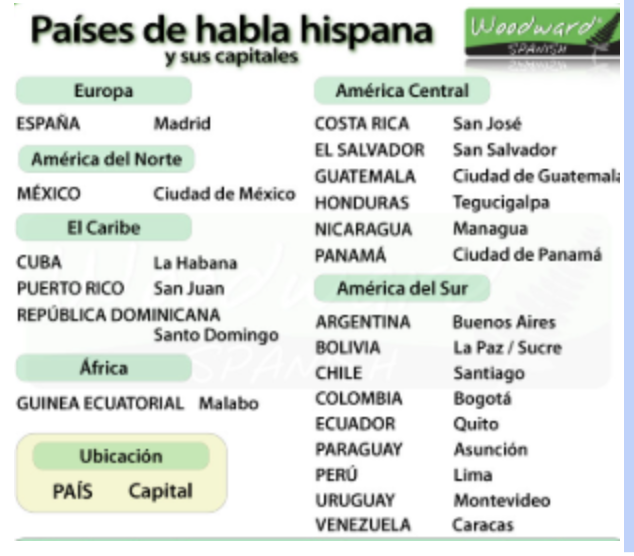
México Capital:
La Ciudad de México
Panamá Capital:
La Ciudad de Panamá (ALWAYS ACCENT ON THE LAST A) Also, always capitalize La and Ciudad.
Cuba Capital:
La Habana
Acento en La Capital de La República Dominicana:
The accent is on the “u” in La República Dominicana
Costa Rica Capital:
San José (ACCENT ON THE LAST E)
El Salvador Capital:
San Salvador
Guatemala Capital:
La Ciudad de Guatemala
Honduras Capital:
Tegucigalpa (NO L)
Nicaragua Capital:
Managua
Bolivia’s 2 Capitals:
La Paz o Sucre
Colombia Capital:
Bogotá (CAPITAL ON THE LAST A).
Where is the accent on Perú?
Perú (THE LAST U HAS THE ACCENT).
Paraguay vs. Uruguay:
Paraguay: Asunción
Uruguay: Montevideo
La Conquista:
Un estimado de 240,000 españoles emigraron a América.
La conquista española dio como resultado la muerte de 70% de la población indígena en Centroamérica.
Y casi un 100% de la población en el Caribe.
La conquista española fue el más grande acto de genocidio en la historia de la humanidad.
English Summary:
An estimated 240,000 Spaniards emigrated to the Americas.
The Spanish conquest resulted in the deaths of 70% of the indigenous population in Central America.
90% of the population in South America.
And almost 100% of the population in the Caribbean.
The Spanish conquest was undoubtedly the greatest act of genocide in human history.
La independencia de México:
-La Independencia de México fue una revolución política y social que se empieza el 16 de septiembre de 1810.
- La lucha (the fight) se empieza con el famoso Grito de Dolores. Miguel Hidalgo y Costilla llamó al pueblo, integrado por campesinos e indígenas, a luchar por su libertad.
- La lucha empezó el 16 de Septiembre de 1810 y terminó el 27 de septiembre de 1821.
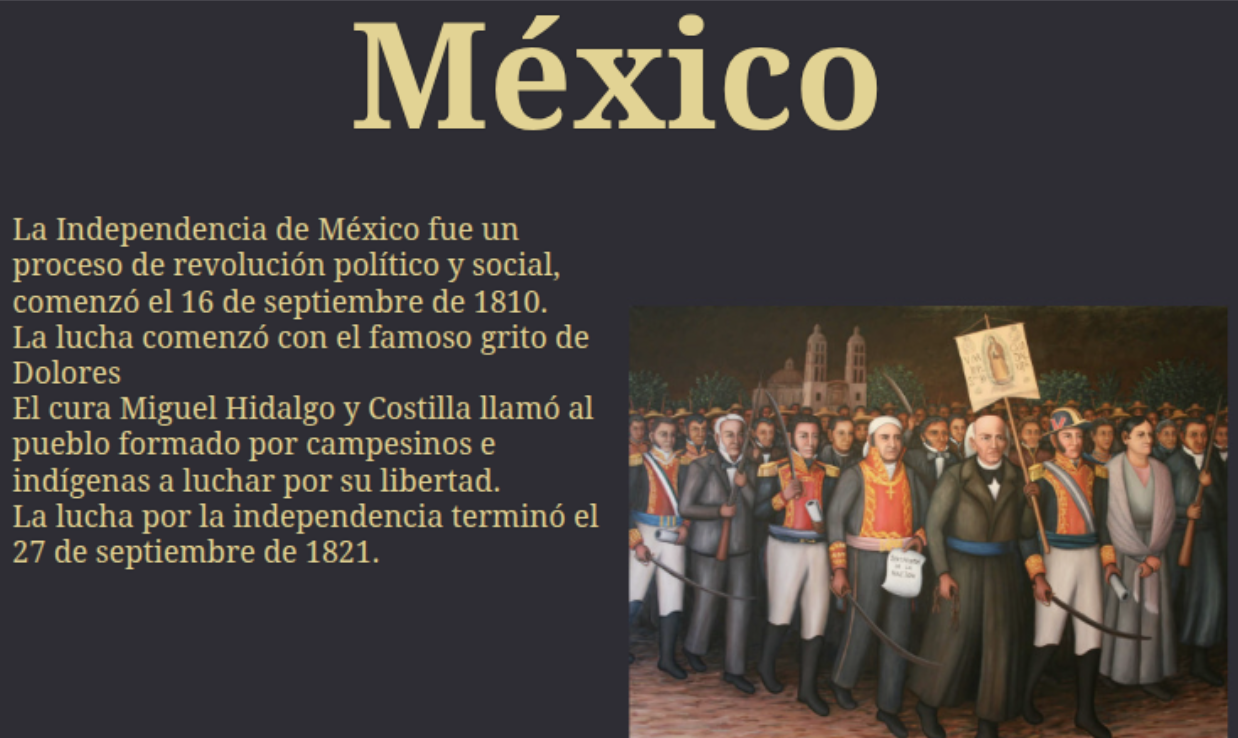
Mexico’s Independence Movement Beginning Date:
September 16th, 1810.
¿Cuántos años duro la lucha de independencia en México?
(How long did the struggle last?)
Diez anos.
El Grito:
The Mexicans scream out for their freedom on the Independence Day.
Chile’s Independence:
Did Chile achieve its independence on February 12,1810? The official date of Chile's independence is February 12, 1810, but Chileans celebrate their independence on a different date, September 18. This is because the independence process officially began on September 18. Chile achieved its independence seven years later.
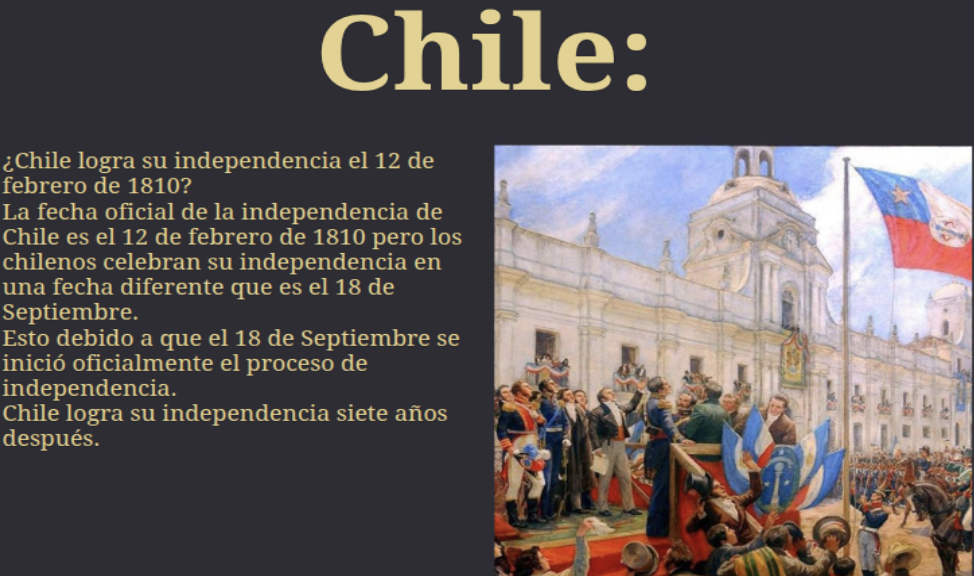
Chile’s Independence Beginning Movement Date:
18 de Septiembre 1810.
Central America Countries:
Guatemala, El Salvador, Honduras, Nicaragua, Costa Rica, y Panama.
Central America Independence:
-Without major battles or bloodshed, the independence of Central America was achieved on September 15, 1821.
-Education, customs and religion formed citizens who peacefully demanded their own freedom. Central America was part of the Spanish Empire under the name of the Captaincy General of Guatemala.
-This territorial entity was made up of the current Guatemala, El Salvador, Honduras, Nicaragua, Costa Rica, the Mexican state of Chiapas and the Panamanian provinces of Chiriquí and Bocas del Toro. The first libertarian cry occurred in the Salvadoran town of El Calvario a decade before. Two priests and three landowners seized a bunker in 1811, obtaining weapons and money. However, his act did not go further. In 1814 there was a new independence movement, where the revolutionaries were imprisoned again. The feeling of autonomy was already a fact and could not be calmed either by the pursuit of ideals or by the censorship of newspapers.
Central American Independence Pt. 2:
Las autoridades españolas no supieron reaccionar al Plan de Iguala, un documento que proclamó la independencia de México el 24 de febrero de 1821. De esta forma, la población aprovechó la incapacidad del gobierno para pedir su libertad. Gabino Gaínza, Capitán General de Guatemala, respaldó la autonomía, pero antes quería consultarlo con el pueblo. Los gritos que transpasaban las paredes del Palacio Nacional le debieron parecer suficientes y notificó la independencia ese mismo día, el 15 de septiembre de 1821.
English:
The Spanish authorities did not know how to react to the Plan of Iguala, a document that proclaimed the independence of Mexico on February 24, 1821. In this way, the population took advantage of the government's inability to ask for their freedom. Gabino Gaínza, Captain General of Guatemala, supported autonomy, but first wanted to consult with the people. The screams that passed through the walls of the National Palace must have seemed enough to him and he notified independence that same day, September 15, 1821.
Central America Independence Movement Date:
September 15th, 1821
Biggest Difference between the Independence Movements:
Central America won independence without a war (Una guerra)
Central America Independence Movement Independence Date:
On September 15th 1821, the five countries Costa Rica, El Salvador, Guatemala, Honduras and Nicaragua broke away from Spain and declared their independence. Venezuela and Belize joined subsequently, making it 7 countries total.
Plan de Iguala (On the test):
El documento que ya ayudo centroamérica obtener libertad. Es muy importante para la independencia de centroamérica.
Hispano:
Se refiere a personas cuya idioma de origen es el español o que tienen ancestros de un país hispanohablante.
-This refers to people whose native language is Spanish or who have ancestors from a Spanish-speaking country.
-We only use this term in the United States.
Latino:
-Se refiere a personas de países de Latinoamérica que son países de América cuyo idioma principal tiene raíces en el latin, como el español, el portugués y el francés.
It refers to people from Latin American countries, which are those countries in the Americas whose main language has roots in Latin, such as Spanish, Portuguese, and French.
Español:
Someone from España. It is a nationality. If someone’s from Spain, they are Spanish and Hispanic.
Se refiere al idioma, a la nacionalidad y a la asignatura (clase).
Cuando se celebra el mes de la herencia hispana?
El mes de la herencia hispana empieza el 15 de septiembre y termina el 15 de octubre.
American Nationality:
Ciudadanos Estadounidenses
Who are the 2 important presidents associated with Hispanic Heritage Month?
Lyndon B Johnson celebrated a hispanic heritage week in 1968. President Ronald Reagan extended it to a month in 1988.
Why is it the 15th of September?
Central America gained independence on September 15th.